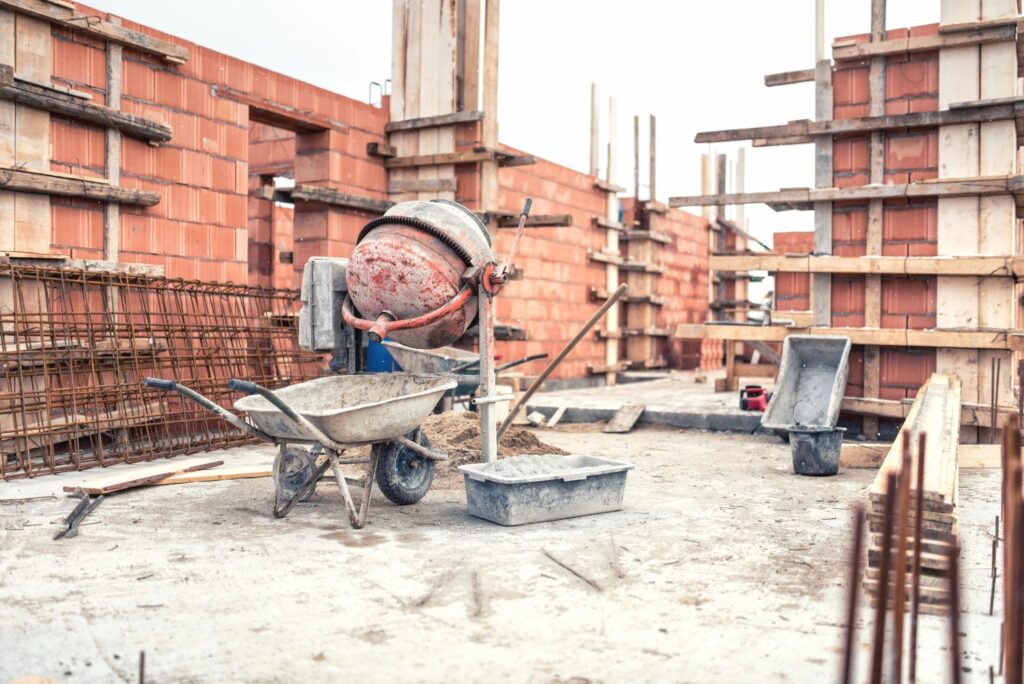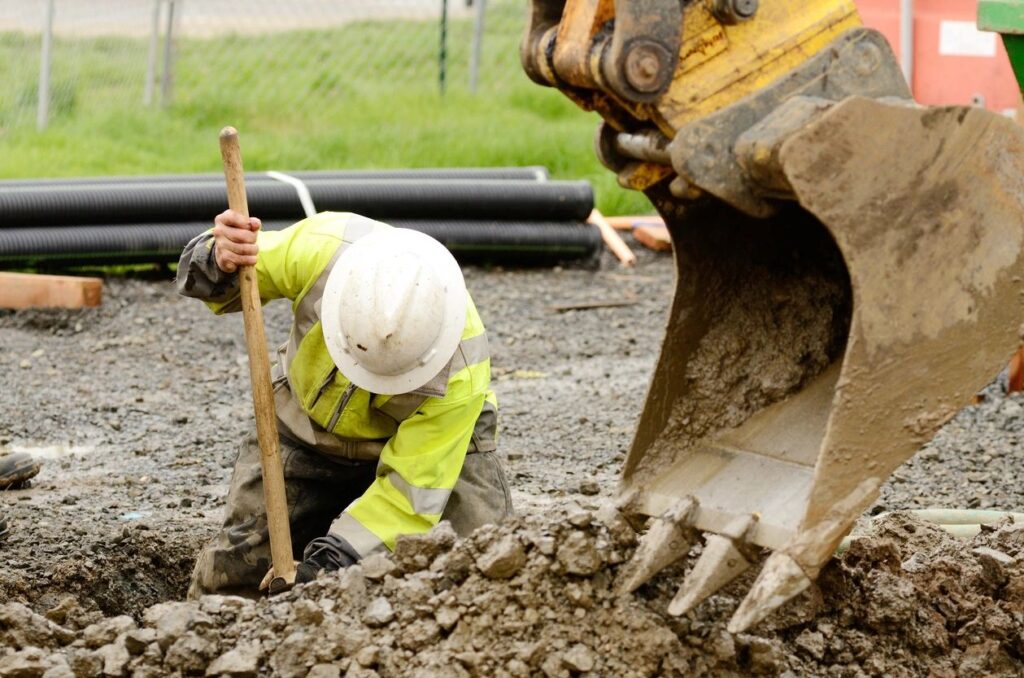- Planning and Marking the Cut:
- Carefully assess the area where the cut is needed. Measure and mark the concrete accurately, indicating where the track sawing will occur.
- Determine the depth and length of the cut required for your specific project.
- Selecting and Setting Up the Equipment:
- Choose the appropriate track saw for the job. The type of saw depends on the thickness of the concrete and the nature of the cut.
- Attach the saw to a track (guide rail) that ensures straight, precise cuts. Make sure the track is securely fixed to the surface to avoid any movement during sawing.
- Fit a suitable cutting blade, typically a diamond blade, ensuring it is in good condition for effective cutting.
- Implementing Safety Measures:
- Wear essential personal protective equipment (PPE), including safety glasses, ear protection, a dust mask, and gloves.
- Set up barriers or signs around the work area to maintain a safe distance for bystanders.
- If sawing indoors or in populated areas, consider using dust extraction or water suppression systems to manage dust and debris.
- Performing the Cut:
- Start the track saw at a lower speed and gradually increase as the blade begins to cut into the concrete.
- Move the saw along the track, applying steady and consistent pressure. Avoid forcing the saw too quickly as this can damage the blade or affect the quality of the cut.
- For deeper cuts, perform multiple passes, incrementally increasing the depth with each pass.
- Completing the Job and Clean-Up:
- Once the cut is complete, turn off the saw and safely remove it from the track.
- Clean the area, removing any concrete debris and dust. Use a brush or blower to clear the cut line.
- Inspect the equipment for any wear or damage, and perform any necessary maintenance.

